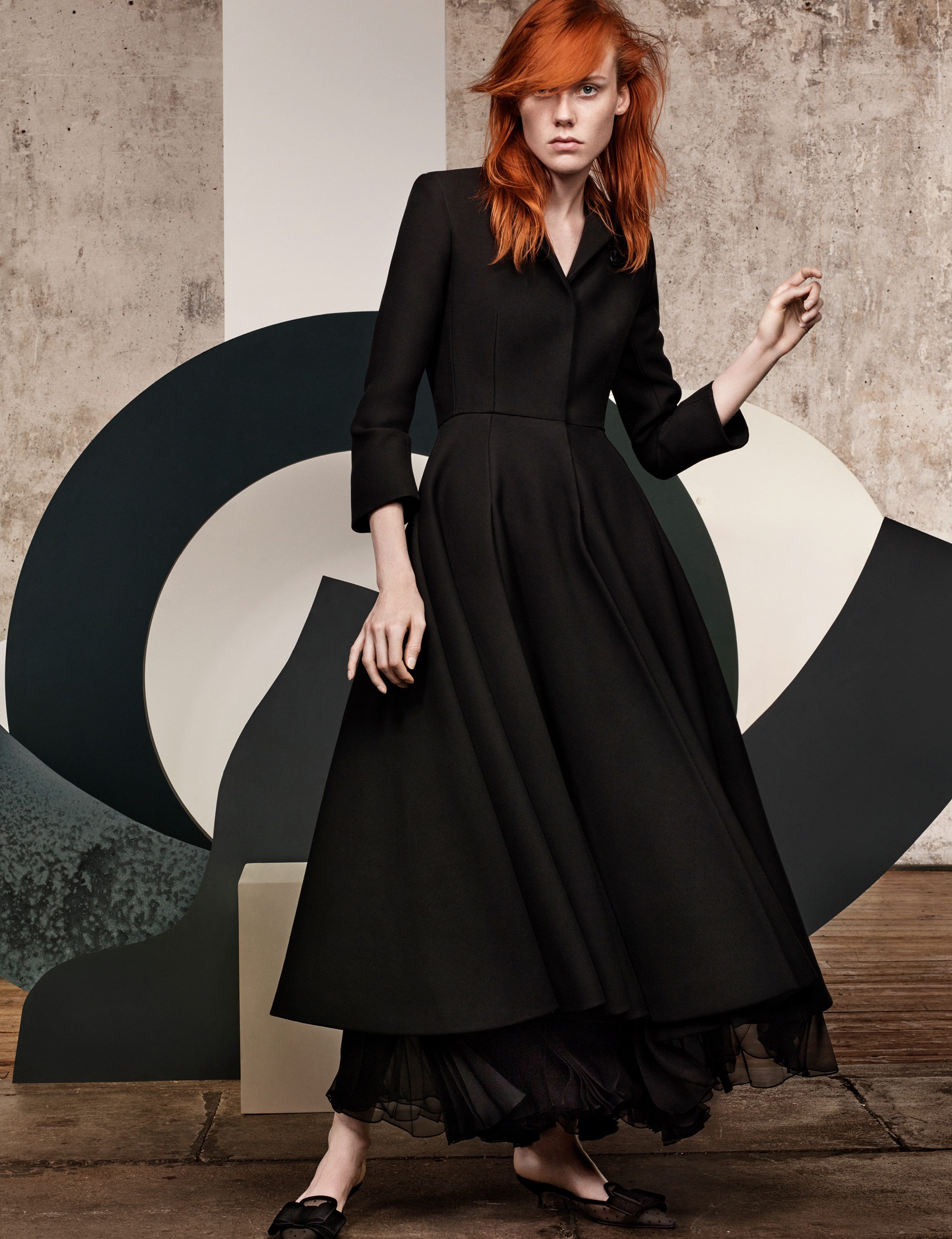The Maison Dior occupies a sprawling complex of buildings, radiating out from 30 avenue Montaigne, the townhouse where, 70 years ago, Monsieur Dior founded his label. Along the avenue Montaigne, rue de Marignan and rue François 1er there are boutiques (ready-to-wear, fine jewellery, menswear, Baby Dior), designer studios, corporate offices, and a glossy new archive space. They form, fairly randomly, the shape of a star, which Monsieur Dior – a superstitious sort – believed to be lucky. They reflect a multi-billion-pound business empire, built upon a magic name that, as Jean Cocteau said, fuses God (dieu) with gold (or).
Dior’s offices on rue de Marignan are coloured a soft, dove grey, dubbed Dior grey – almost the typical colour of the Parisian sky around February, when Christian Dior made its debut in 1947. Gianfranco Ferré, the Italian designer who served as artistic director of Dior from 1989–1996, reinvented that colour. By then, 32 years since the founder’s death, it had become adulterated. “It’s too dark, too cold,” he told Suzy Menkes just before his couture debut in July 1989, as he was having the carpet replaced with a hue that more closely matched the original.
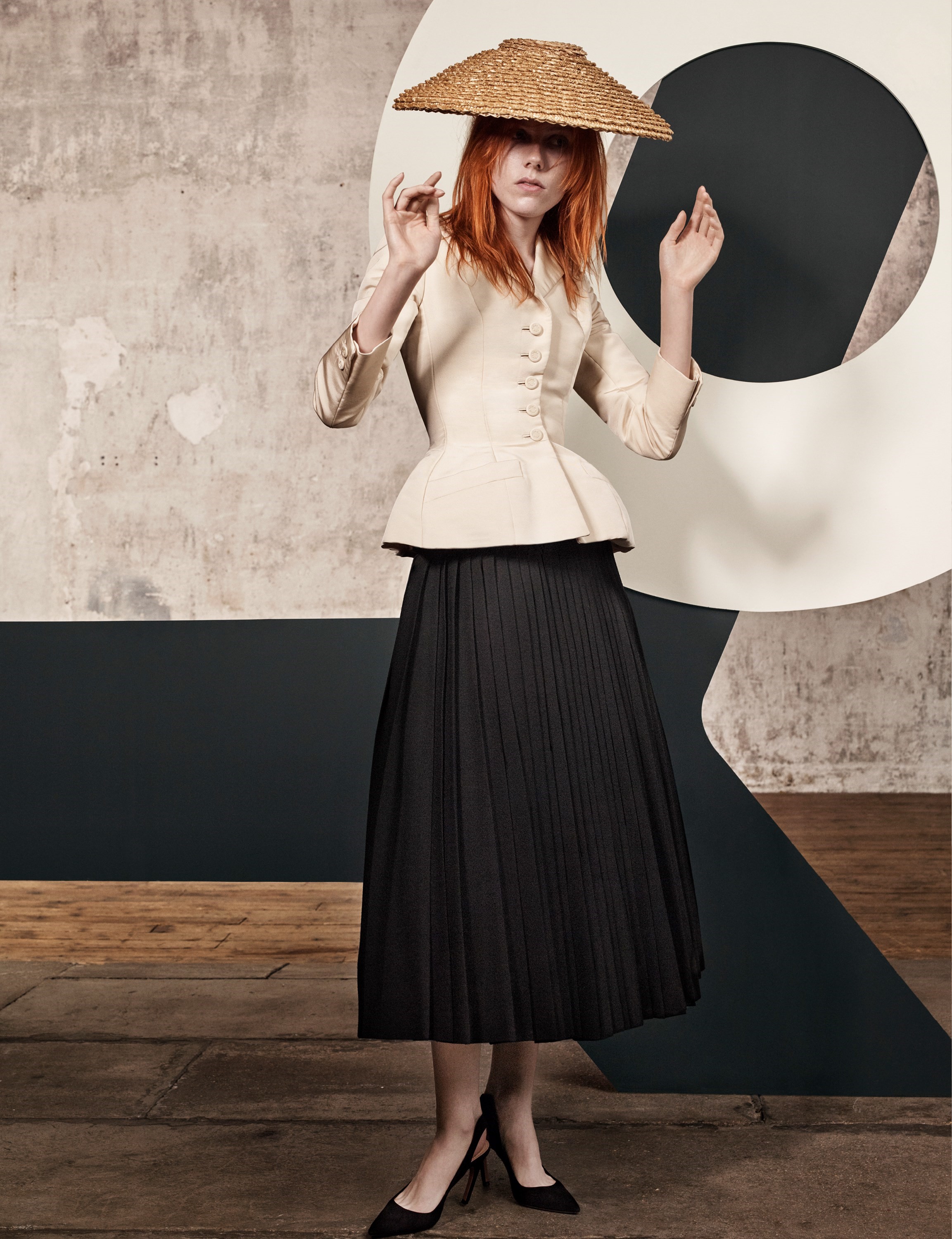
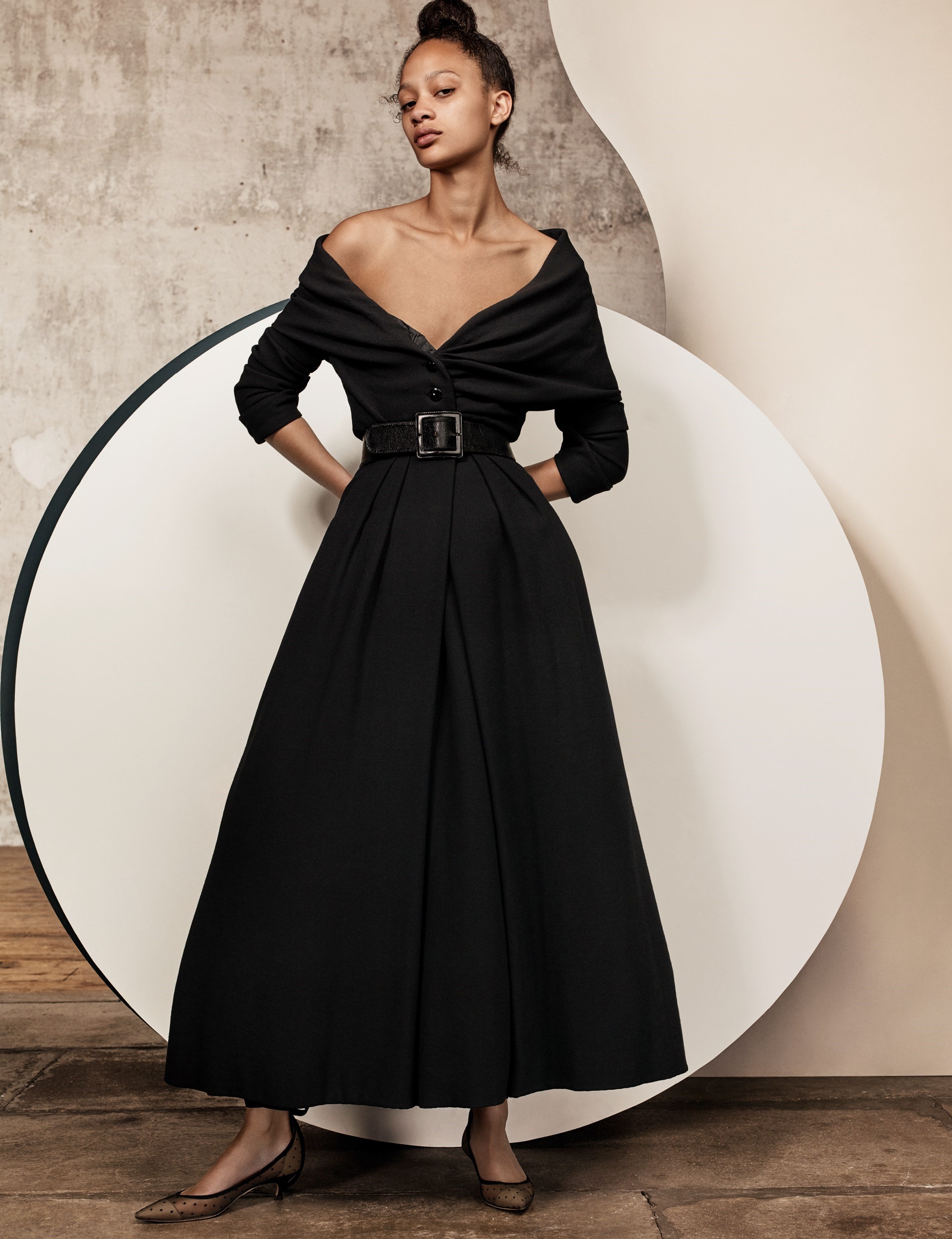
Cosseted in authentic Dior-grey plush carpet and velvet seats, with bone-white boiserie contrasting with acres of powdery grey paint, Maria Grazia Chiuri, Dior’s incumbent artistic director, is appropriately espousing the importance of that shade. Her forthcoming Autumn/Winter 2017 haute couture collection, she says, will be dominated by grey. “Sometimes in this world, where everything is more strong, more colourful, more impactful, you have to have a little bit of delicacy, of quietness,” she muses. “That is my homage to Monsieur Dior.”
Ah, the inevitable homage. Perhaps no house is as enthralled by its heritage as Christian Dior. Not in a narcissistic fashion – it’s not about loving Dior and Dior alone. The founder was an arch romanticist, a nostalgic daydreamer. His first collection for Spring/Summer 1947, composed of lines which Dior himself dubbed ‘Corolle’ and ‘Figure Eight’, was filled with throwbacks to the past – to his mother’s Belle Époque heyday and, further, to the vast crinolined ballgowns created by Charles Frederick Worth and captured by the artist Franz Xavier Winterhalter in the second half of the 19th century. It was hailed as the New Look by the editor-in-chief of American Harper’s Bazaar at the time, Carmel Snow. “My dear Christian,” she exclaimed backstage (probably apocryphally), “your dresses have such a new look.”
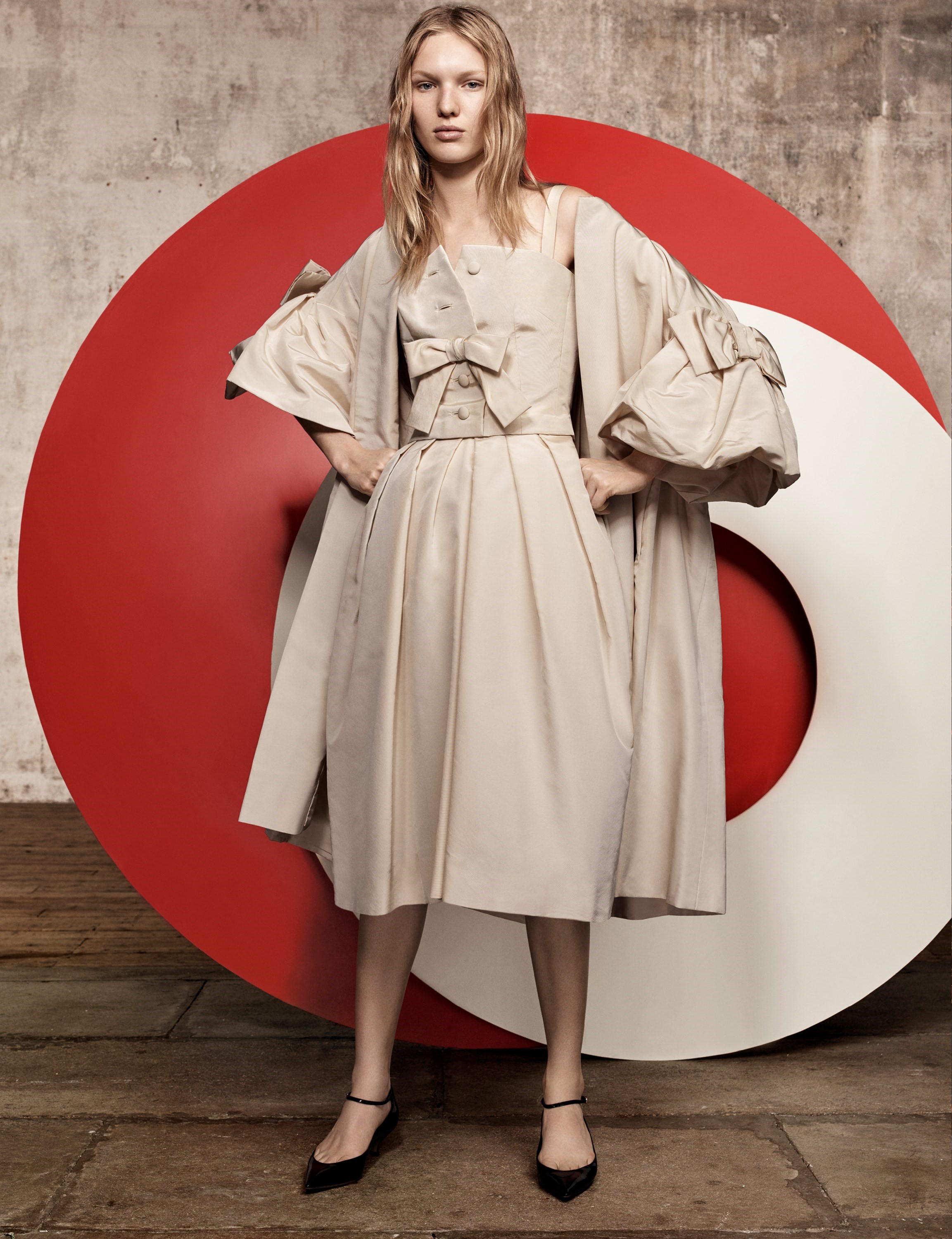
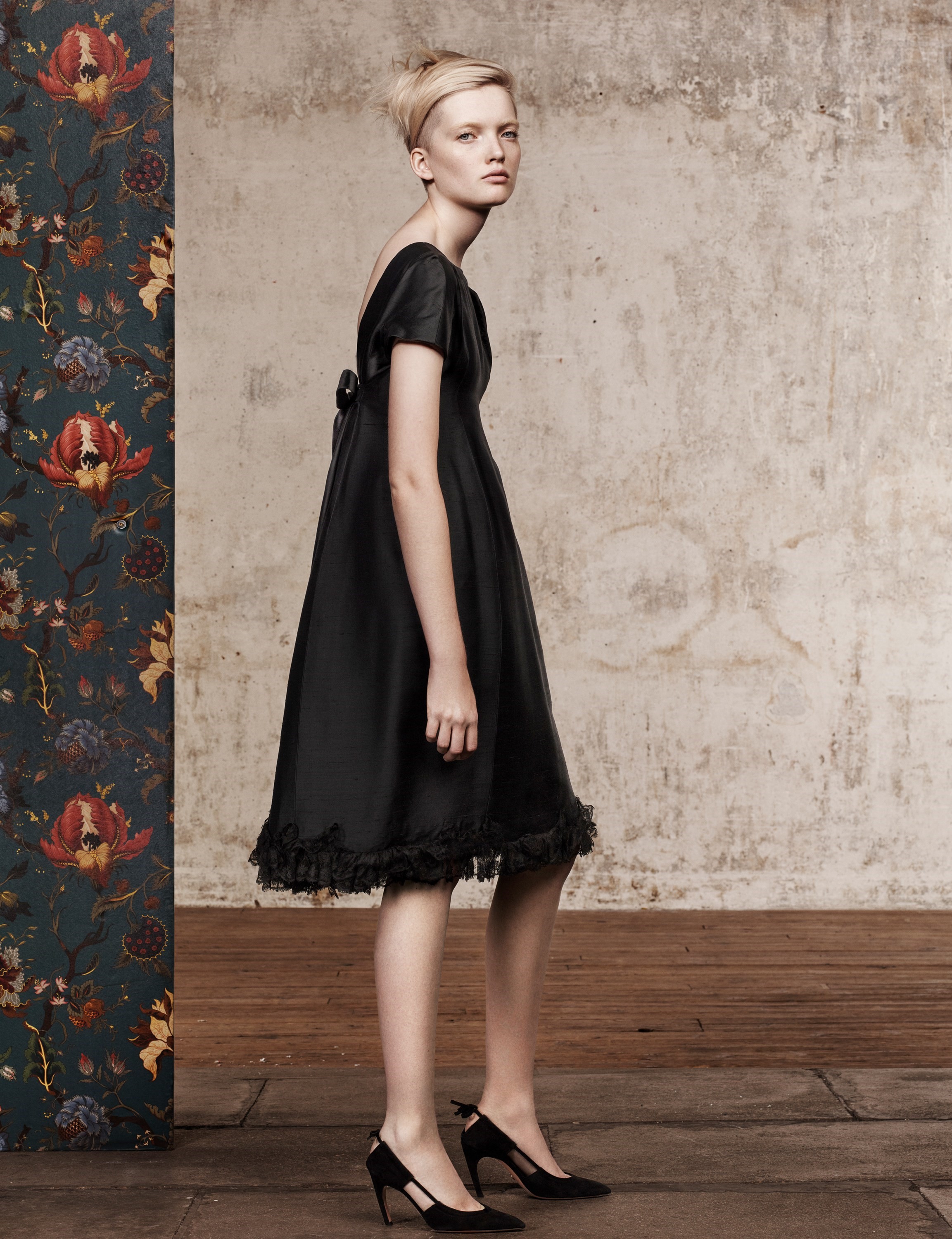
Snow was right, and wrong. Dior’s dresses were unavoidably, undeniably historical. Even Dior himself recounted, in his autobiography, how his tailors and seamstresses had to rediscover the art of Victorian-era dressmaking – corsetry, taffeta or cambric linings, multiple petticoats – lost to an era of slippery bias cuts. But Dior’s clothes did look new, to a post-war era of rationing and restrictions. They replaced the angular, padded Joan Crawford shoulder of the early 1940s with sloping lines, cinching the waist, and plumping out the hip and bust. Skirts, which had been restricted by both fashion and law to straight pencil styles just below the knee, consumed vast quantities of fabric to fall within a foot of the ground. Where women of the war years were obliged to look mannish, they now became soft and fecund, femininity incarnate – a newness rooted in the past.
“Sometimes in this world, where everything is more strong, more colourful, more impactful, you have to have a little bit of delicacy, of quietness” – Maria Grazia Chiuri
France has had plenty of revolutions – not all of them progressive. After Marie Antoinette’s head was sliced off, there were revolutions to restore the monarchy, and overthrow it again. Dior’s New Look was another, small, revolution – a revolution in a teacup, to borrow the phraseology of the fashion photographer Jeanloup Sieff. “But when you’re in the teacup, it seems like a very big deal.” What Dior’s New Look revolution brought to France was a truly new sense of pride, and a mastery of matters sartorial. It asserted the supremacy of France as dictator of fashion, and ensured the dominance of haute couture as the arbiter of international style for another two decades.
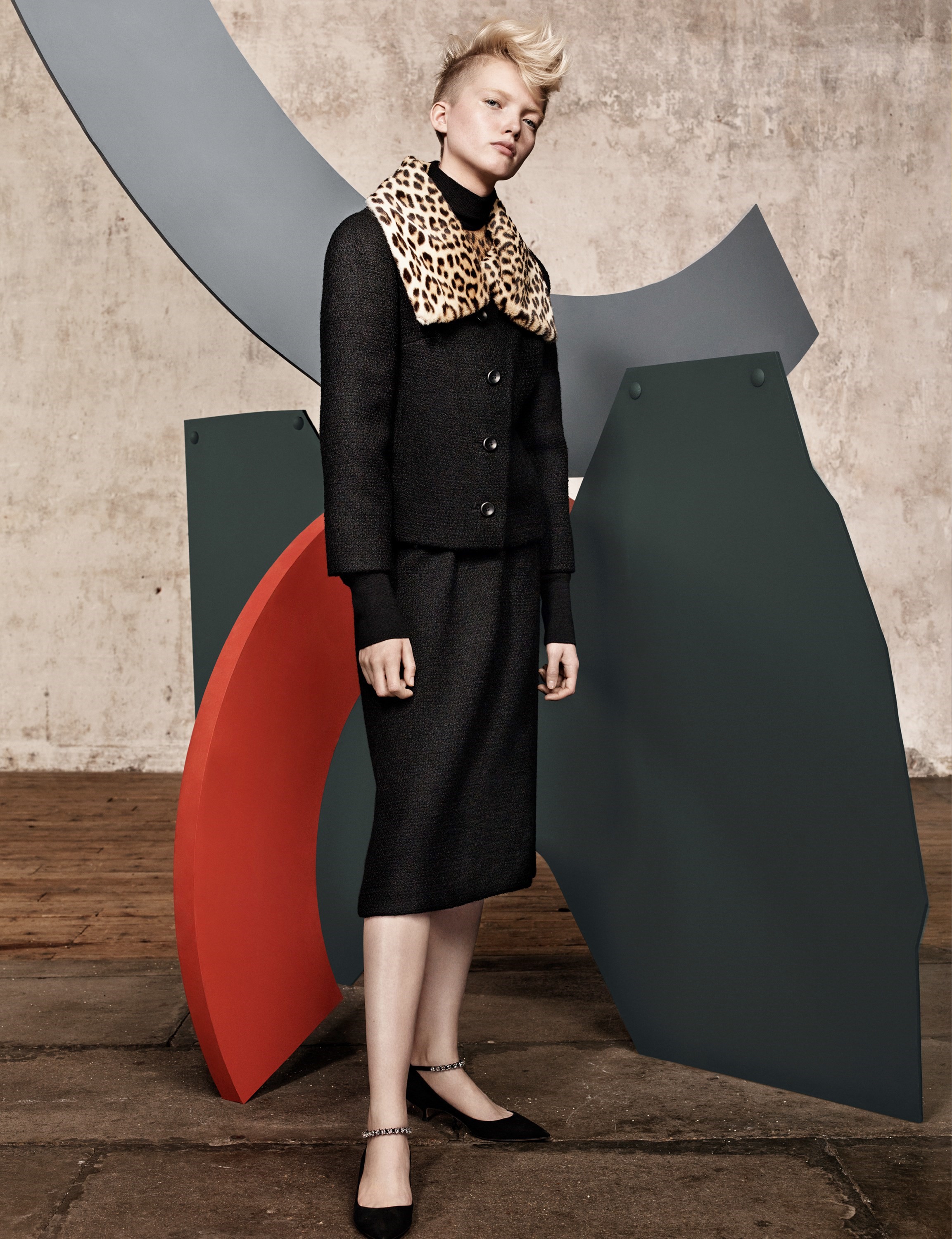
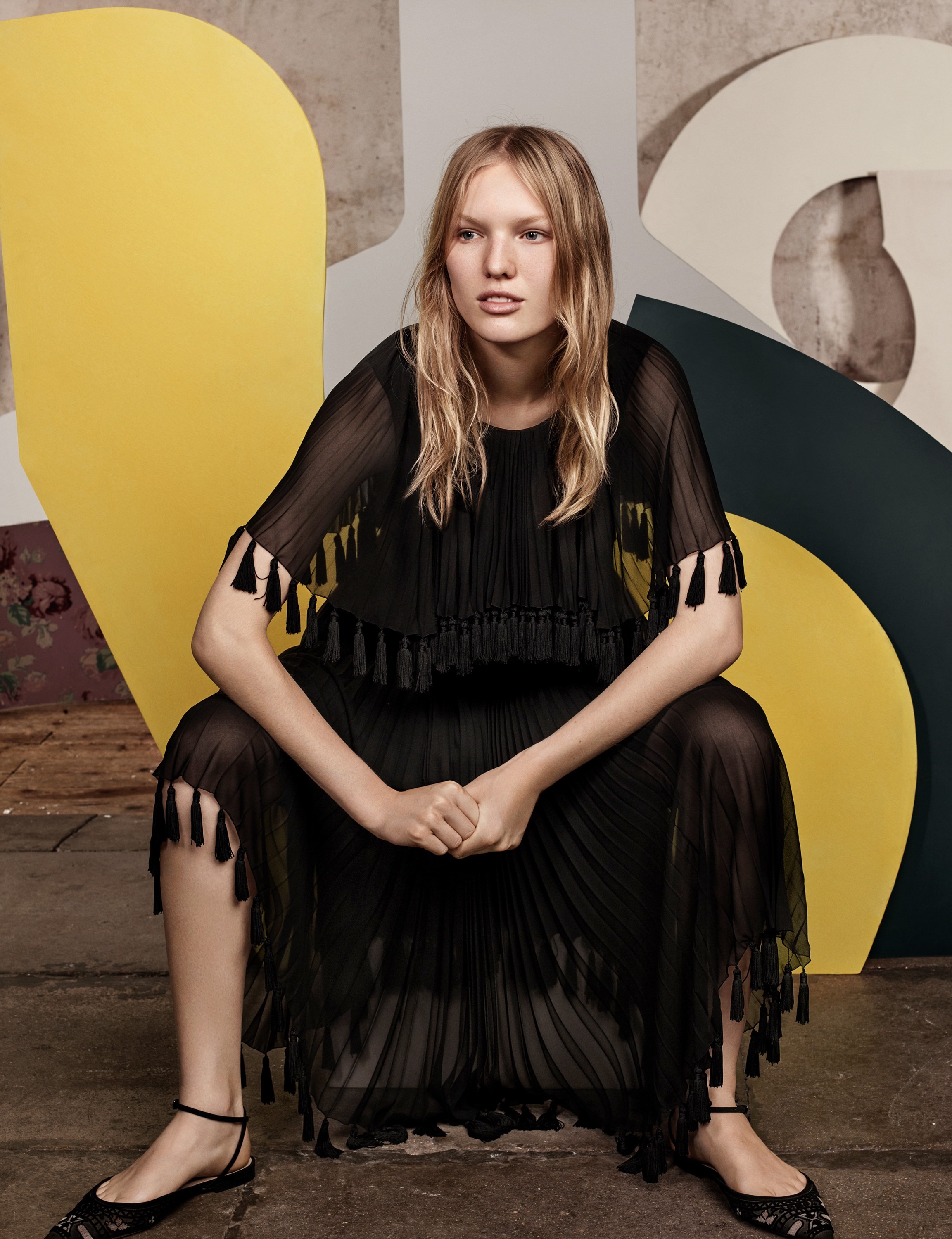
That’s a weighty history – and one that is very much alive. As I sit with Maria Grazia Chiuri on the second floor of the rue de Marignan, the final preparations are underway for another Dior fashion show over in the Louvre (incidentally, the former home of the kings of France, until Louis XIV moved them to Versailles). This one is an exhibition: Christian Dior: Couturier du Rêve (Designer of Dreams), celebrating the 70th anniversary of the house by exhuming some of its greatest hits. Inside, the museum has spectacularly recreated the frontage of 30 avenue Montaigne; in front of the façade is Bar, the keynote suit from Dior’s revolutionary first collection. Its jacket is ivory shantung silk, cut by Pierre Cardin (who would leave Dior to found his own label, and if not invent licensing then certainly push it to its further extremes); the skirt contains 12 metres of pleated black wool, not including petticoats. It’s enshrined in glass, like a medical specimen – or a religious relic. Either side, in the windows of the replica couture house, are riffs on that Bar suit by other designers, like an Orthodox iconostasis.
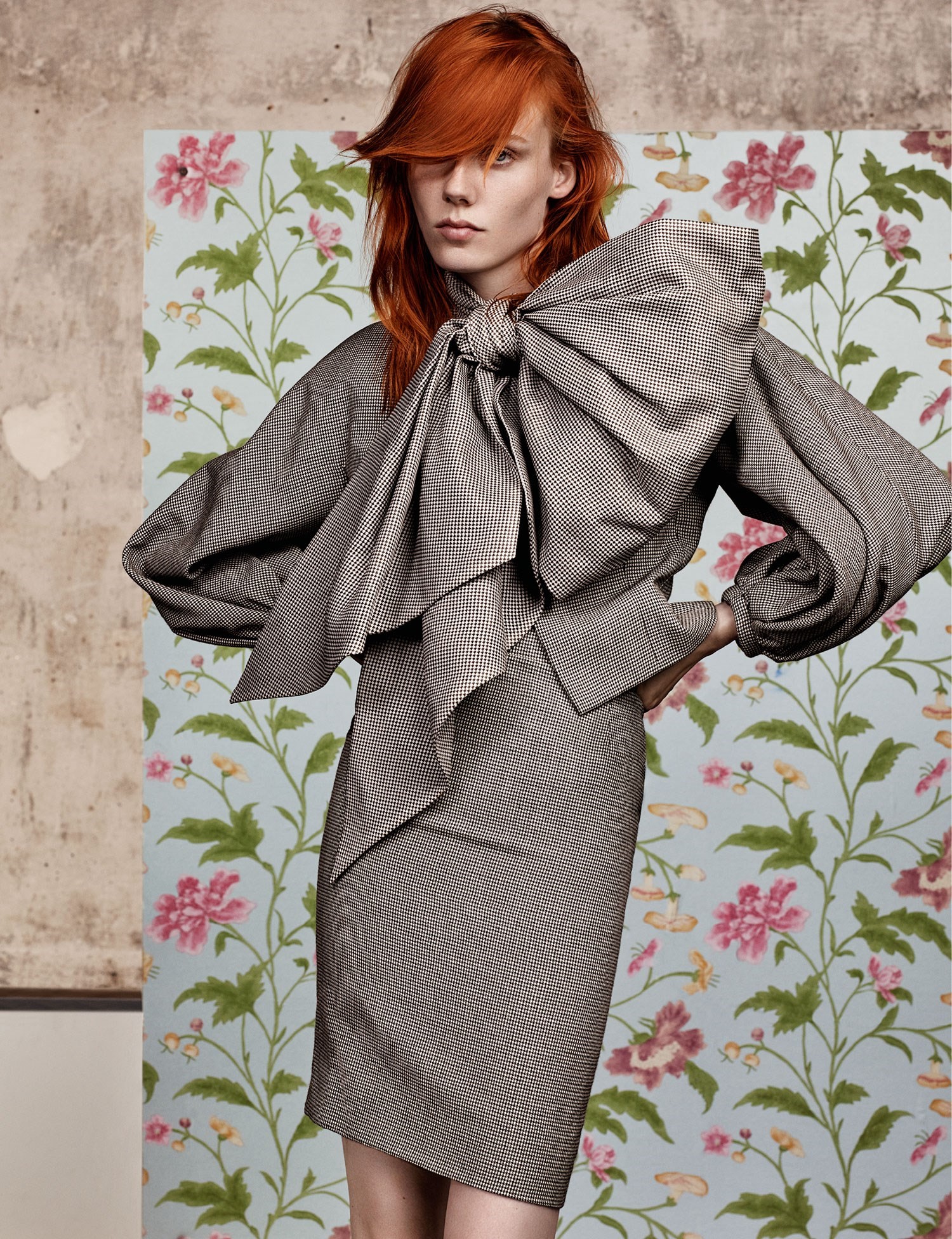
Living with, and up to, this legacy doesn’t seem to faze Chiuri. “It’s normal for me to live with a huge history because I was born in Rome, so that helps me stay calm,” she says, her Italian accent still strong, gesticulating with hands laden with rings. Much is written of Chiuri’s appearance, the clothes she wears, because she is a female fashion designer, and as with women generally, their clothes come under more scrutiny than their male counterparts. Did anyone write about what Chiuri’s predecessor, Raf Simons, wore to an interview? No. Nevertheless, the only thing I notice – or that, I feel, bears specific comment – is that Chiuri predominantly wears black, and that on her back is her version of that Bar jacket. Every designer, it seems, is challenged to create their own, which means a lot of jackets.
Chiuri is the seventh artistic director of Dior, including Christian himself. Galliano’s was in white wool atop a crocodile miniskirt; Simons created his in black, worn with trousers. Chiuri began her Dior tenure, uncharacteristically, with ready-to-wear. She’s wearing a variation from her opening gambit, in supple black wool (she created similar styles for her haute couture debut). She noted that women generally don’t cinch their jackets closed when going about their daily business, and she reworked the lines so the jacket could be worn open, easy. And it’s light. There’s an elasticity to the cut that makes it spring around her body, with none of the heft that generally characterises that carved-in, jutting-out hourglass silhouette. “That is real Italian,” she says. “It’s like food. France has a huge tradition in food. But it makes it very rich. Italian is more simple, more light. That is our tradition.”
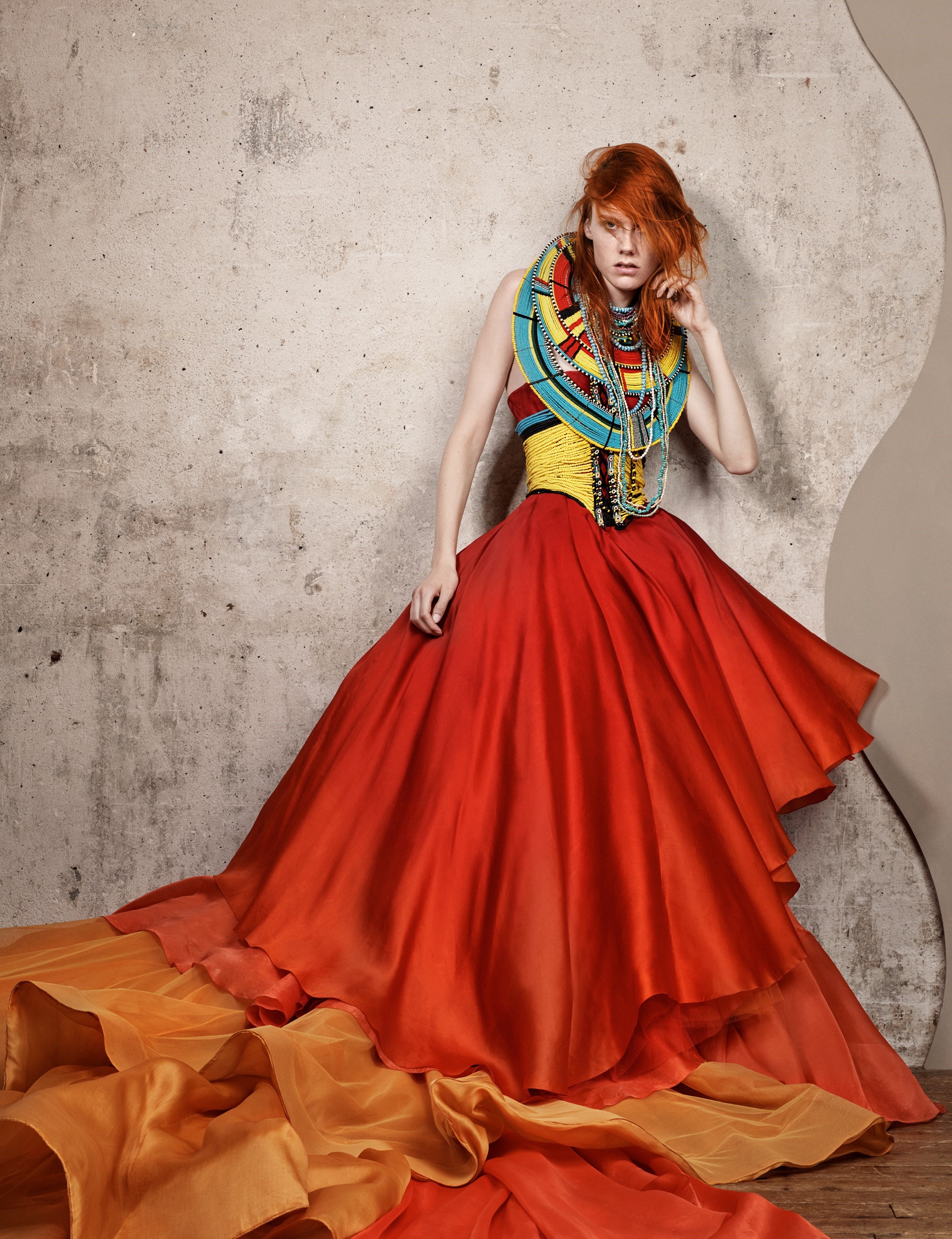
Grazia Chiuri is 53; she’s an Aquarius, like Monsieur Dior himself. The similarities end there. She’s Italian. She started working at Fendi and then moved to Valentino, where she stayed for 17 years, spending eight as co-creative director with Pierpaolo Piccioli. But Dior’s artistic directors have scrolled through nationalities, including Belgian, British and Italian, twice. The first was the aforementioned Ferré, born in Legnano and trained in Milan, whose overblown designs were the first to reference the New Look outright, to use the age-old codes of the house to create a fresh style. Chiuri was born and based in Rome (she returns there on the weekends; her husband still lives there), where the mood is more akin to the haute couture that is still Dior’s heart and soul. After all, Rome is where Italy’s version, alta moda, is still shown twice a year. If couture is the heart, ready-to-wear and accessories are the life-blood: Chiuri has already gone about redesigning those, visiting the Italian factories where shoes and handbags are made prior to her first ready-to-wear show last September. Apparently, none of her forebears did so.
“Now, you need something behind the image, something that is real, something that speaks about humanity, about a person... We need to speak about women” – Maria Grazia Chiuri
The major difference between Chiuri and her predecessors, of course, is that Chiuri is a woman and hence wears her Dior clothes herself. That perhaps indicates why there is a sense of reality underpinning her designs. Even when she’s dedicated to fantasy – as with her Spring/Summer 2017 haute couture collection, celebrating the house’s 70th birthday and inspired by a bal masqué dominated by spangled tulle evening gowns of grand dimensions – they’re never totally unrealistic. “Now, you need something behind the image, something that is real, something that speaks about humanity, about a person,” Chiuri says. “I think with me, honestly, that now we need to speak about women.”
Women – real women – are at the forefront of Chiuri’s mind when designing. The overall impression is that she is bringing the dreaminess characteristic of Dior – Galliano’s anthropological fantasias, Raf Simons’ archival trips, even Monsieur Dior’s own fairy-princess trappings – back to earth, a little. At that first couture show, her models walked easily in low-heeled shoes, her bodices fit closely but did not constrict. Women don’t have to just fantasise about wearing this haute couture. They actually can.
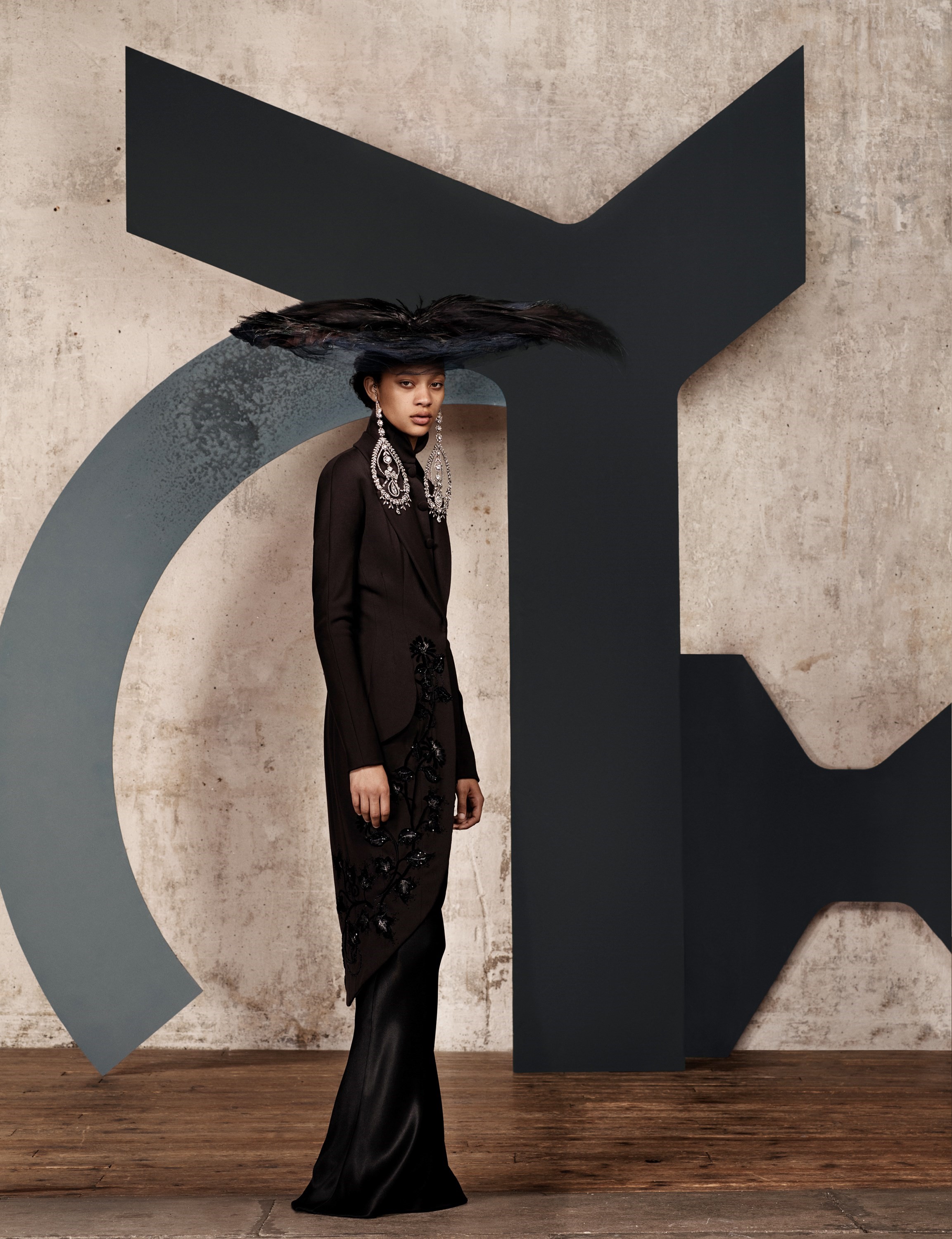
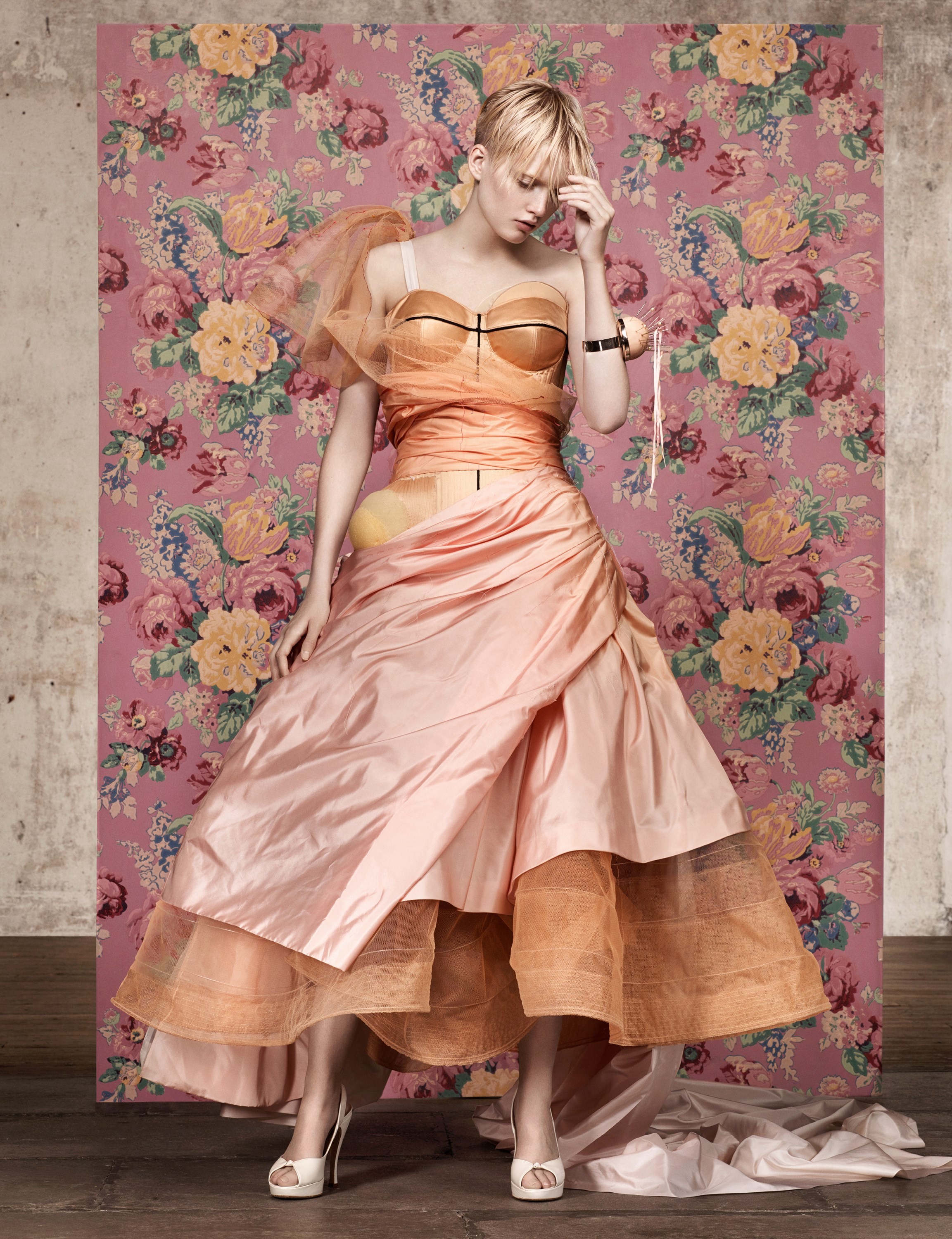
Six months later, before her sophomore Dior haute couture show, Chiuri uses the word ‘evolution’. She’s not speaking about her own approach to the label’s archives – although the term is applicable to her subtle tweaking and modification of the genetics of Dior – but rather of how the house has changed in the ensuing 70 years. “The women of the 50s are not the women of now. You can’t speak the same language. I can’t speak like Monsieur Dior: ‘Women are like flowers.’” Chiuri breaks into loud laughter that rings, heretically, through the house of Dior. “Honestly, can you imagine me saying that? Please!” Yet that is exactly what her predecessors have said: The Femme Fleur, and her various iterations, have been the backbone of the Dior look for the past decade. There’s a whole room dedicated to them at the anniversary expo. Yet it’s impossible not to agree. There’s something slightly ludicrous about Chiuri saying that, because she is not only a woman, but a Dior woman. “Evolution is the wrong word,” she corrects herself. “Evolution is something that means the past was less, and now it’s better. I think the word is difference. It’s a different moment.”
Chiuri has a directness that is interesting, in both her conversation and her clothing. The latter is speaking to women, evidently: Her tenure has increased sales. The former is more interesting in the annals of Dior. To date, Dior’s artistic directors have relied on models and muses to divine the eternal, near-Freudian question of what a woman wants from her clothes. Chiuri knows, because she is one, and hence can get along with the business. Direct, see. And although that Dior business is huge (with a turnover of more than £1.7 billion in 2016), it nevertheless seems secondary to Dior’s position as a French cultural touchstone. Dior is the man (a son of Normandy, no less) who resuscitated a moribund haute couture industry, and restored it to greatness. He gave back French women their figures and femininity; he made the world look new. When Dior died, suddenly, in 1957, he was replaced by Yves Saint Laurent, his tremulous, timid, 21-year-old former assistant. “Yves Saint Laurent has saved France,” read the breathless newspaper headlines after his 1958 debut.
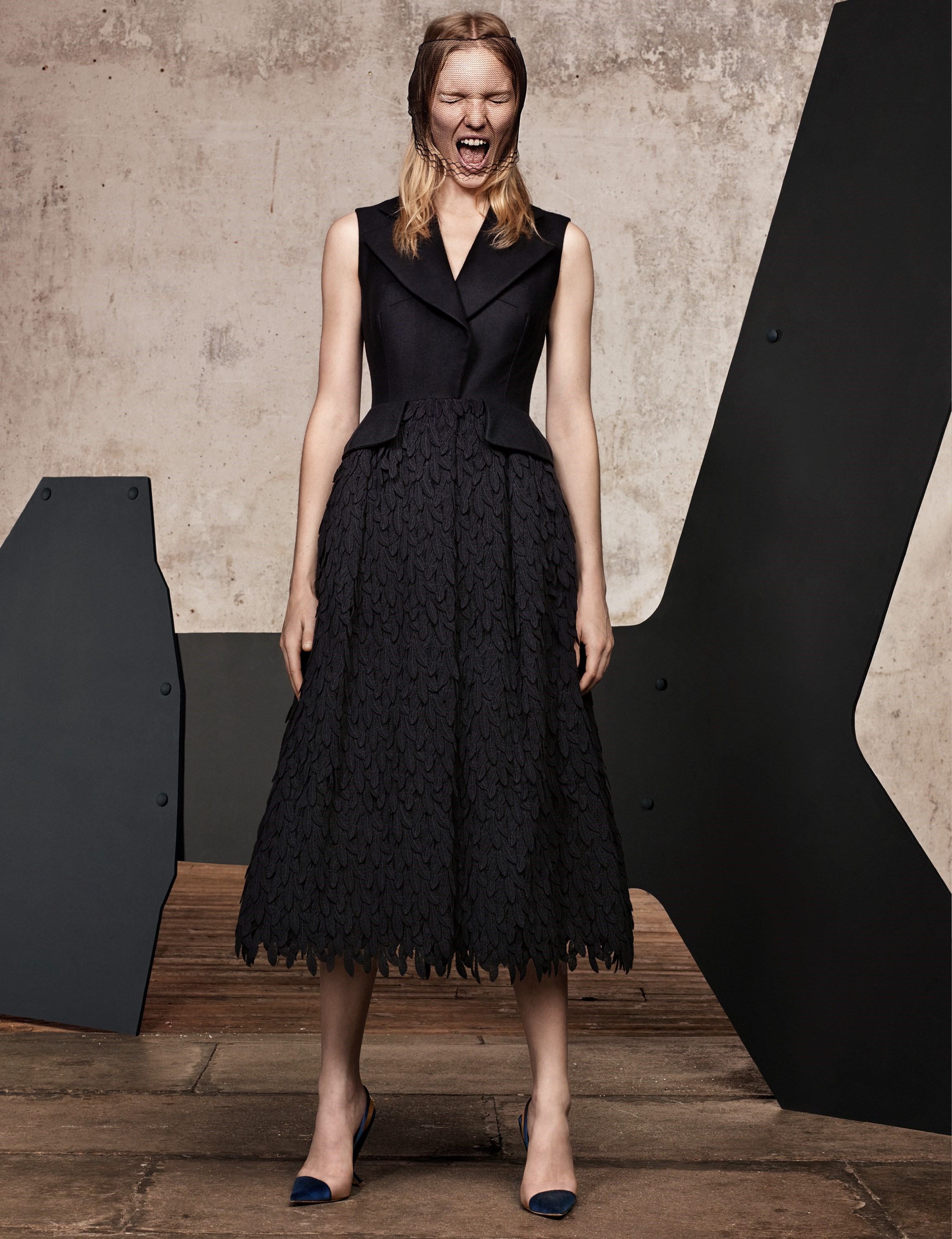
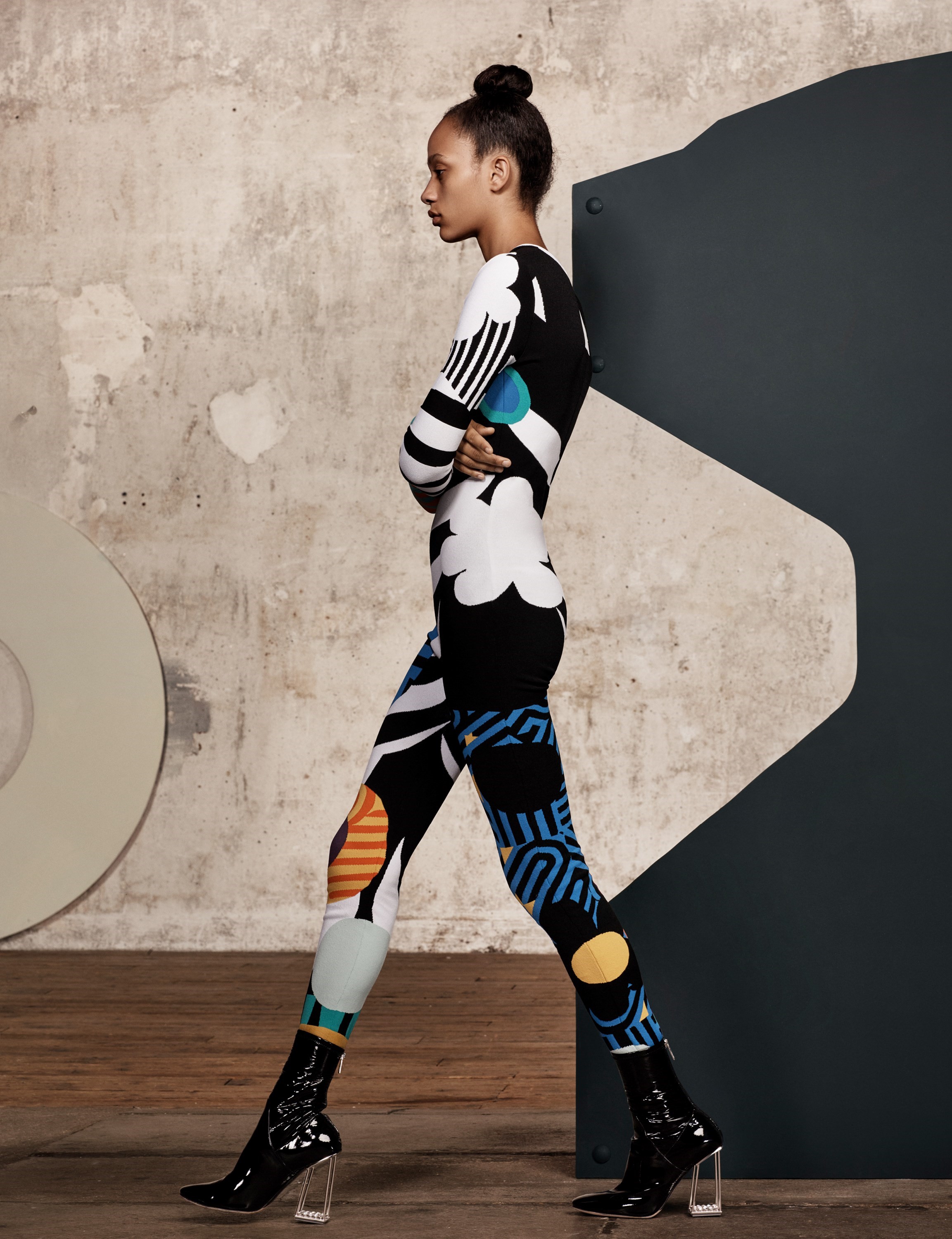
How to slot Maria Grazia Chiuri into the history books? She’s already part of them, by nature of her role; her gender also guarantees a notability, which is unfair but true. Her approach, however is singular – that directness, again. Rather than ignoring the tenures of past artistic directors and glancing back to Monsieur Dior alone, Chiuri takes in the entire Dior archives. “I don’t think the heritage is only Monsieur Dior, but also the other talents that worked on this brand,” she says. “And I think that this brand was so clever to choose the right designer, the right creative director, for each specific moment.” That’s true – even with a talent like Marc Bohan, whose 29-year tenure as creative director (and 31 at the house in total) was notable for a steady creative hand and an aesthetic reliability, even predictability. Coming after a tumultuous three years under Saint Laurent, where hemlines rose and fell erratically and a series of relentlessly youthful themes culminated in a controversial collection dedicated to 1960s existentialists, dubbed the Beat look, Bohan was exactly what Dior needed to steady the boat. Ferré epitomised the bravado couture of the Eighties, and the new Italian force of ready-to-wear; Galliano was a showman who returned Dior’s name to press prominence before spinning out money-making accessories; Raf Simons was a modernist breath of fresh air, much-fêted in his prior role at Jil Sander. What this all means is that, just as the New Look represented the ne plus ultra of fashion in 1947, so Dior carried on epitomising the fashion moment in 1958, 1960, 1989... And today. For a designer to cherry-pick from the apotheoses of multiple different eras, under one label, is somewhat unprecedented.
“When I arrived here a year ago, I decided that in some way I am a curator of the heritage” – Maria Grazia Chiuri
“When I arrived here a year ago, I decided that in some way I am a curator of the heritage,” Chiuri says, “and I also try to give my point of view. In my first show I used all the references that I thought were right, in that moment.” And so you saw Chiuri’s lightened Bar jackets alongside leather Saint Laurent-y Beat jackets and Dior logo underwear that referenced Galliano’s plays with street culture and hip-hop styles. In her couture, the vast floral ballgowns – those grand proportions beloved by Gianfranco Ferré and Galliano, as well as Monsieur Dior himself – took centre stage, beside tailoring that gently held rather than grabbed the body. Those references became archetypes, rather than archival, treated as lightly as her tailoring, with just enough reverence, and given a fresh relevance for today’s women. They began as something old, but finished by looking new. How very Dior.
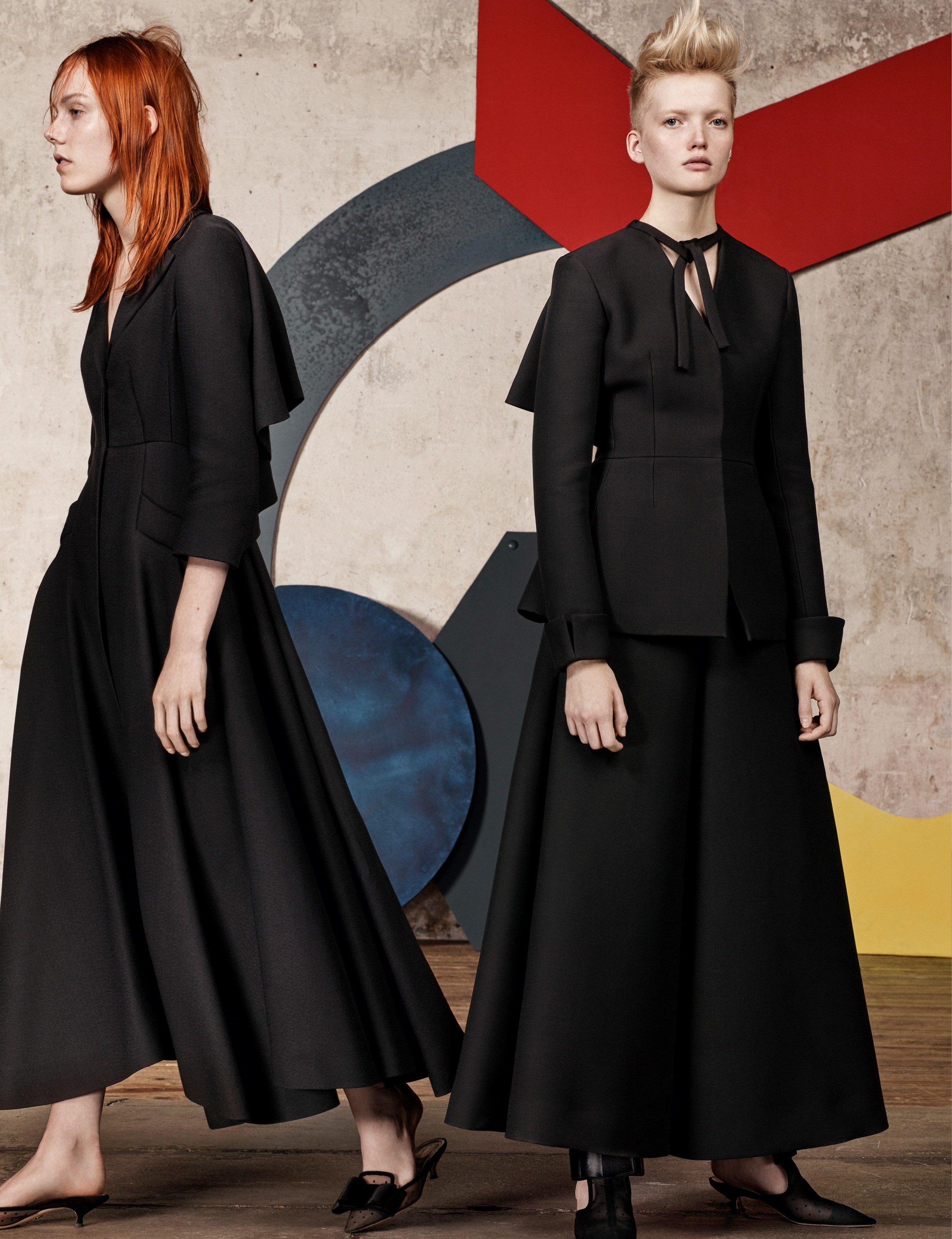
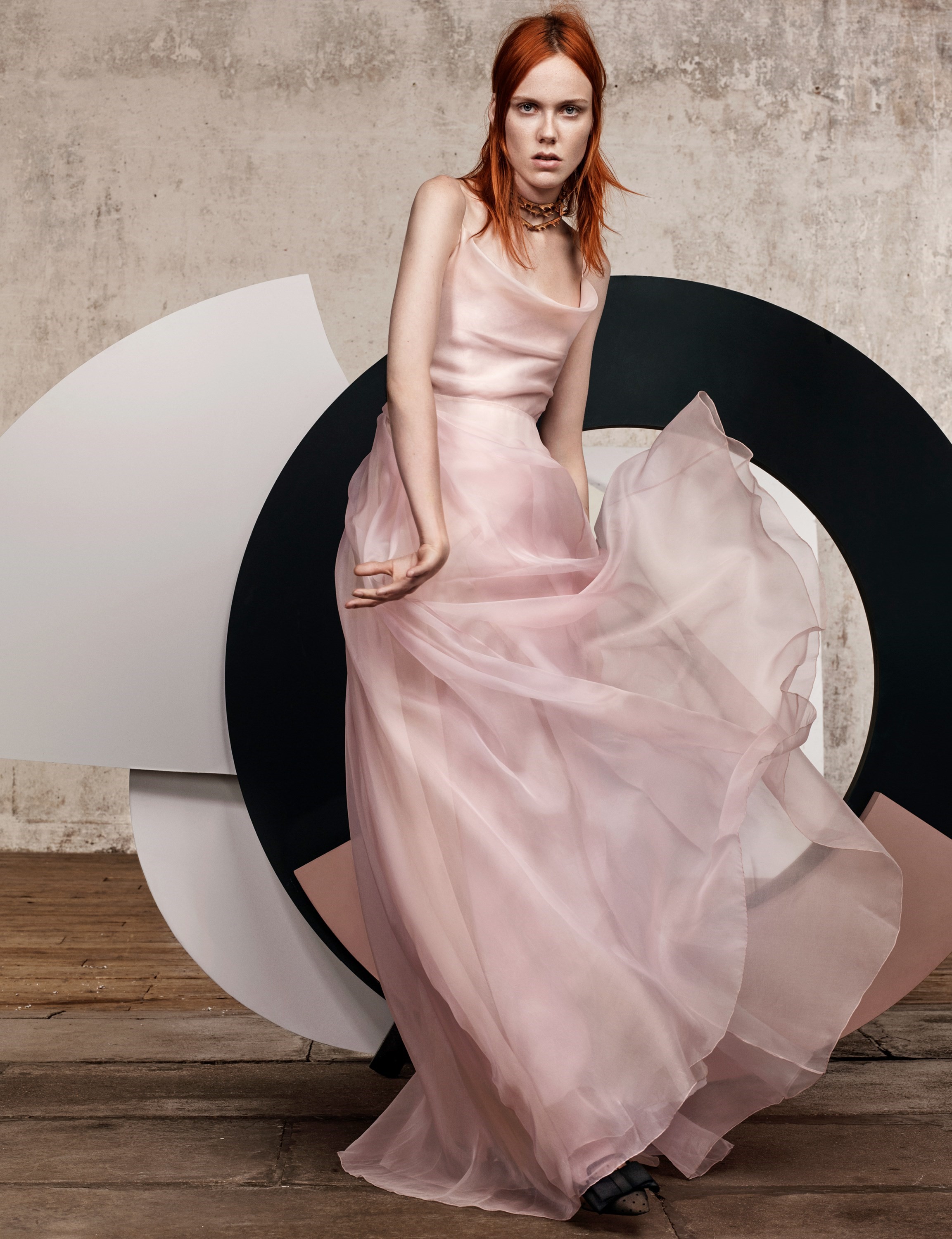
Hair Damien Boissinot at Art and Commerce using René Furterer; Make-up Val Garland at Streeters using L’oréal Paris; Models Ruth Bell at Elite London, Selena Forrest at Next, Jess PW at The Society Management, Kiki Willems at IMG Models; Casting Noah Shelley at AM Casting; Set design Jean-Michel Bertin at Streeters; Manicure Kamel at B Agency; Digital tech Nicolas Ong; Lighting assistants Nick Brinley, Louis Cusy, Henri de Carvalho, Paul Jedwab; Styling assistant Rosie Arkell-Palmer; Hair assistant Kyoko; Make-up assistant Veronick Boumaza; Production Kitten Paris; Post-production Dtouch New York; Special thanks to Hélène Starkman and the team at Dior Héritage.
The Autumn/Winter 2017 issue of AnOther Magazine is on sale now.
